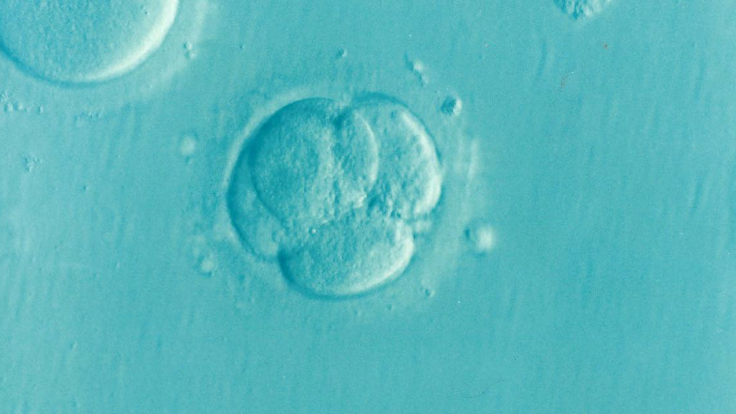How Are Embryos Frozen And Why Do They Survive The Freezing Process?

Technology has not yet reached a point where scientists can freeze a human for decades and then miraculously revive them to go about life as if no time has passed. Unless you count an embryo.
A nearly 25-year-old embryo turned into a baby recently, after doctors unfroze and implanted it earlier this year. Officials announced this week that the embryo is the longest-frozen one to end in a birth, when 33-year-old Benjamin and 26-year-old Tina Gibson from Tennessee had a daughter in late November. The embryology lab director at the National Embryo Donation Center based in that state, Carol Sommerfeldt, who thawed the embryo earlier this year, called the birth “pretty exciting considering how long the embryos had been frozen.”
But how is it possible to maintain life in such a state of suspended animation for so long? Cold temperatures preserve tissue at least over short periods, which is why medical professionals keep donated organs on ice until they can be transplanted into a recipient and why people who have drowned in frozen lakes have been revived even after seeming unresponsive for longer than is possible for survival. Freezing an embryo can be considered an extreme version of that.
The main part of the process involves replacing the water in the embryo’s cells with a substance that is like a cellular antifreeze; it stops ice crystals from forming inside them when they freeze. Then the temperature drops and they are stored in tanks that are kept cold with liquid nitrogen until they are ready to be thawed.
A woman’s eggs or a man’s sperm may also be frozen and preserved in this manner.
This is close to how scientists describe cryogenically freezing full humans. In addition to protecting the body against ice crystals, they will give the person blood and oxygen as well as an anticoagulant that will prevent the blood from turning into a thick, goopy mess. There are also methods for preventing damage to the body during the thawing process and jump-starting the internal organs once that is done.
It’s unclear whether this works on people who are farther along in their development and lives than an embryo, however, because scientists have yet to revive a cryogenically frozen person.
Why the obsession with ice crystals? “You can imagine they are like little razor blades inside a balloon: ice crystals have sharp corners and little points,” in vitro fertilization expert Barry Behr told Scientific American. “Thus they can damage a cell's membrane or the membranes of various cell structures that exist inside the cytoplasm of cells.”
© Copyright IBTimes 2024. All rights reserved.





















